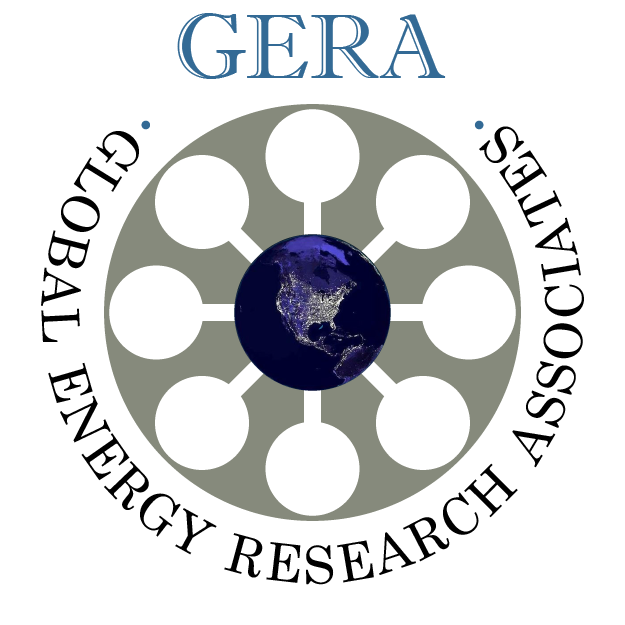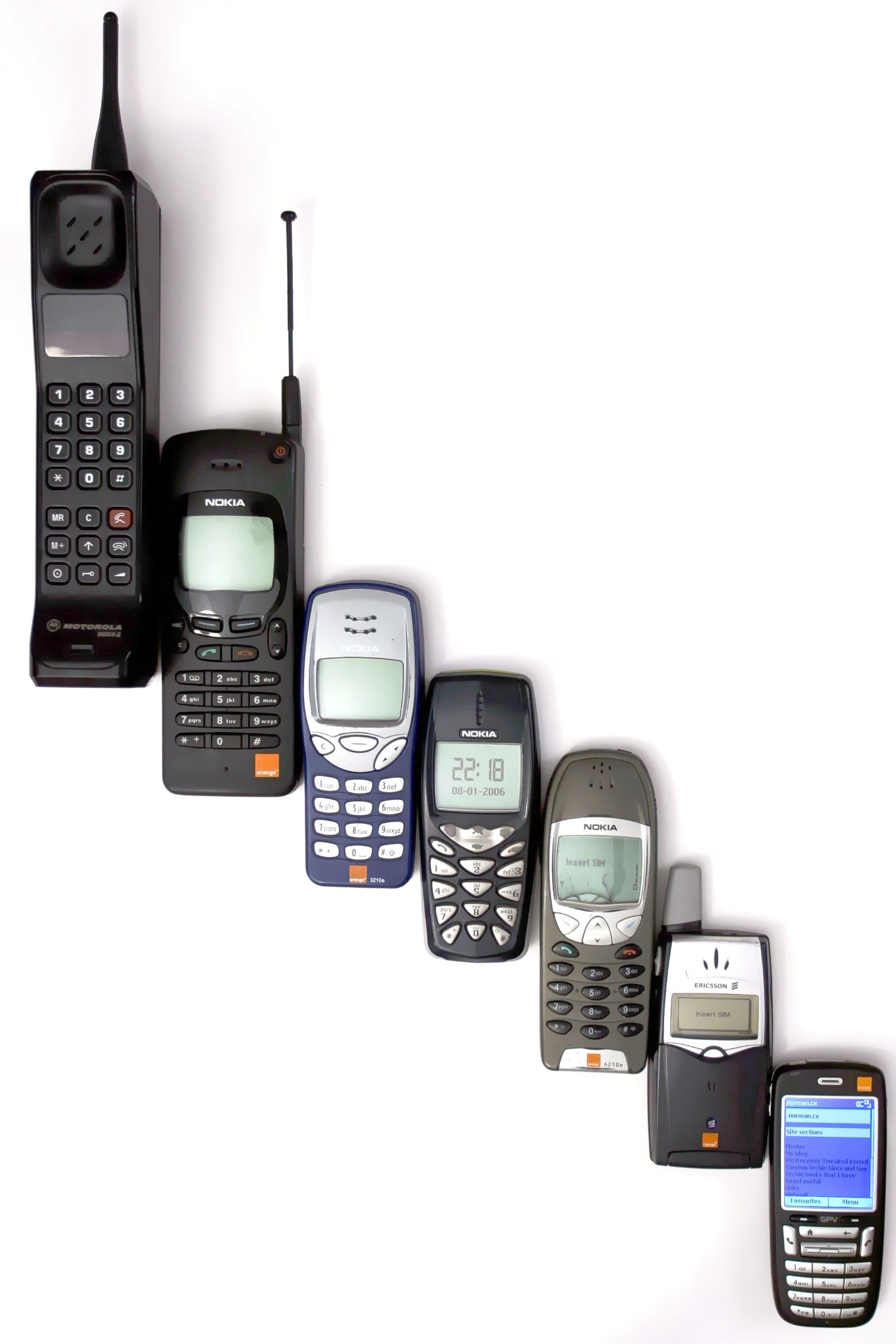Nuclear power has been used to power ships and submarines. There have been attempts to use nuclear engines in U.S. aircraft and missiles, but it turned out to be impractical because of the need for heavy shielding to prevent emission of a lot of radiation. The Russians have announced a missile that they say utilizes a nuclear engine, but all the tests of the prototypes so far have failed. However, work has continued over the years to reduce the size of a nuclear reactor and reduce the need for shielding.
One of the main problems with creating a nuclear engine is that so far, most nuclear reactors are just used to generate heat that is then used to boil water. The steam is used to turn a turbine to convert the heat into electricity. The need for all the steam engine technology makes the reactor system much more massive and complex. There have been experiments in other ways to convert the heat from a nuclear reactor directly into electricity. Many space probes are powered by radioisotopes that use thermocouple to convent heat to electricity in a special type of battery. It should be possible to use such a nuclear system to supply electricity to a battery that could then be used to power an electric engine.
Mark Adams is a physicist who used to work at Lawrence Livermore National Laboratory. He has created a new design for a nuclear engine similar to a car engine. Instead of pistons that go up and down, the engine would resemble the Wankel design from the 1950s with a rotor that rotates around a crankshaft. The Wankel engine design has been used in Mazda cars since the 1970s. Global Energy Research Associated (GERA) is a company started by Adams that is dedicated to innovation in the energy sector. They are working on the design and funding of the new engine.
The fuel for the new engine is a gasified “nanofuel”. It contains radioactive materials mixed with hydrogen. This fuel can be extracted from spent nuclear fuel or created from scratch. A neutron source triggers a controlled nuclear fission reaction which generates heat. The heat drives the rotor and turns the crankshaft.
Adams says, “Much like the way your car converts chemical energy into mechanical work, our engine converts nuclear energy directly and safely into useful mechanical work. This eliminates a lot of expensive reactor equipment and paves the way for low-cost nuclear power plants.”
Adams claims that a combined-cycle configuration of his engine could produce three hundred and forty megawatts of electricity. The only radioactive waste produced by the engine are cesium and strontium. They have half-lives of around thirty years. This is much less of a problem than the spent nuclear fuel generated by a convention nuclear power reactor. It may be possible to burn radioactive wastes in this engine. The Idaho National Laboratory is working on creating a prototype of the new engine to test the concepts in the design. The engine is designed to automatically shut down if there are problems in operation. A meltdown accident is impossible in the new engine.
It will be interesting to follow the research and development of this new nuclear engine.
Blog
-

Nuclear Reactors 606 – New Nuclear Engine Under Development
-
Nuclear News Roundup Sep 04, 2018
Brazil’s uranium enrichment capacity has increased by 25% following the inauguration of the seventh cascade of centrifuges at the Resende enrichment plant, Industrias Nucleares do Brasil (INB) has announced. World-nuclear-news.org
NB Power and the New Brunswick Emergency Measures Organisation (NBEMO) are to carry out Synergy Challenge 2018, a full-scale exercise to test the province of New Brunswick’s readiness to respond to a simulated nuclear emergency at the Point Lepreau nuclear power plant. World-nuclear-news.org
The developers of two different packages for the transport of uranium hexafluoride (UF6) have reported progress with their individual designs. Daher has submitted an application for certification for its DN30 package to US regulators, while China Nuclear New Energy Nuclear Industry Engineering Co Ltd’s XN740 UF6 transport package has completed a 9 meter drop test. World-nuclear-news.org
The cause of a small leak in the emergency cooling water circuit of the Doel-1 nuclear power reactor in Belgium has not yet been determined and the unit will remain offline until tests and repairs are concluded, the nuclear regulator said. Nucnet.org
-

Geiger Readings for Sep 04, 2018
Ambient office = 95 nanosieverts per hour
Ambient outside = 81 nanosieverts per hour
Soil exposed to rain water = 83 nanosieverts per hour
Orange from Central Market = 59 nanosieverts per hour
Tap water = 96 nanosieverts per hour
Filter water = 92 nanosieverts per hour
-

Common Everyday Sources Of Radiation – Part 4 of 4 Parts
Part 4 of 4 Parts (Please read Parts 1, 2, and 3 first)
Cell phones have been targeted in the past with negative publicity about the possible health effects of the radiation that they emit. The frequencies of the cell phone system just happens to be the frequencies that are absorbed by the brain. There is an ongoing debate over studies of the health effects of long term cell phone use. It turns out that the use of a cable to connect an earphone to a cell phone can act as an antenna to concentrate radiation. Bluethooth ear buds raise the question of whether or not the frequencies used for Bluetooth devices could also be a health issue.
Fertilizers used on lawns and flower beds contain a lot of phosphorous. The phosphorous used to make the fertilizer may contain natural uranium which is mildly radioactive. It is possible that some of that uranium could make its way into food grown in fertilized soil. Fortunately, the amount of radiation from such uranium will be too small for significant effects on the people who consume it.
And, finally, your own body contains radioactive materials such as potassium-40, uranium, thorium and carbon-14. The decay of the carbon-14 is used in a procedure called carbon dating to determine the approximate age of human bones.
Throughout this article, I have often said that the amount of radiation from common sources is not generally thought to be a threat to human health. Most of the sources that I have mentioned are small in comparison to the natural background radiation from the uranium in the soil and the incoming radiation from space. That having been said, I should mention something important about the relationship of radiation exposure to health. The natural background radiation we are all exposed to is generally considered to be “safe” in public discourse.
When considering whether or not there is a minimum amount of radiation that can harm human health, it turns out that decades of research have yielded that theory that there is no minimum level of safe radiation exposure and that any amount of radiation, not matter have small, could possibly have an effect on health. This means that the conventional wisdom that any radiation that is less than the natural background is “safe” is simply not true.
The currently accepted scientific theory about the health dangers of radiation exposure is called the “no-threshold linear” model. This means that as radiation exposure increase from zero, there will be a steady linear increase in health threat. Although radiation from common sources may be small compared to background radiation, even so it can increase the possibility of negative health effects. And, as mentioned for some of the sources, there is the danger of accumulation of damaging radiation over time.
While some radiation is inescapable in the form of the natural background radiation, other common everyday sources can be eliminated and should be, especially for vulnerable populations such as babies, small children, the aged and those who already have serious health issues. If a possible common source of radiation exposure is not important to you, it would probably be best to avoid it if at all possible. -
Nuclear News Roundup Sep 03, 2018
The New Jersey Board of Public Utilities gets down to job of deciding which nuclear plants will be subsidized. Njspotlight.com
Central Michigan University team uses cyclotron to help solve nuclear puzzle. Themorningsun.com
Stop nuclear cronyism! Superiortelegram.com
A U.S. arbitration court has rejected a German government petition that said the panel had no right to rule on a damages claim by Sweden’s Vattenfall over a decision to pull out of nuclear power, a newspaper reported. Reuters.com
-

Geiger Readings for Sep 03, 2018
Ambient office = 91 nanosieverts per hour
Ambient outside = 83 nanosieverts per hour
Soil exposed to rain water = 88 nanosieverts per hour
Zuccini from Central Market = 133 nanosieverts per hour
Tap water = 89 nanosieverts per hour
Filter water = 77 nanosieverts per hour
-

Geiger Readings for Sep 02, 2018
Ambient office = 111 nanosieverts per hour
Ambient outside = 126 nanosieverts per hour
Soil exposed to rain water = 122 nanosieverts per hour
Organic avocado from Central Market = 92 nanosieverts per hour
Tap water = 69 nanosieverts per hour
Filter water = 63 nanosieverts per hour
-

Geiger Readings for Sep 01, 2018
Ambient office = 122 nanosieverts per hour
Ambient outside = 116 nanosieverts per hour
Soil exposed to rain water = 119 nanosieverts per hour
Organic avocado from Central Market = 126 nanosieverts per hour
Tap water = 74 nanosieverts per hour
Filter water = 62 nanosieverts per hour
Dover sole – Caught in USA = 129 nanosieverts per hour
